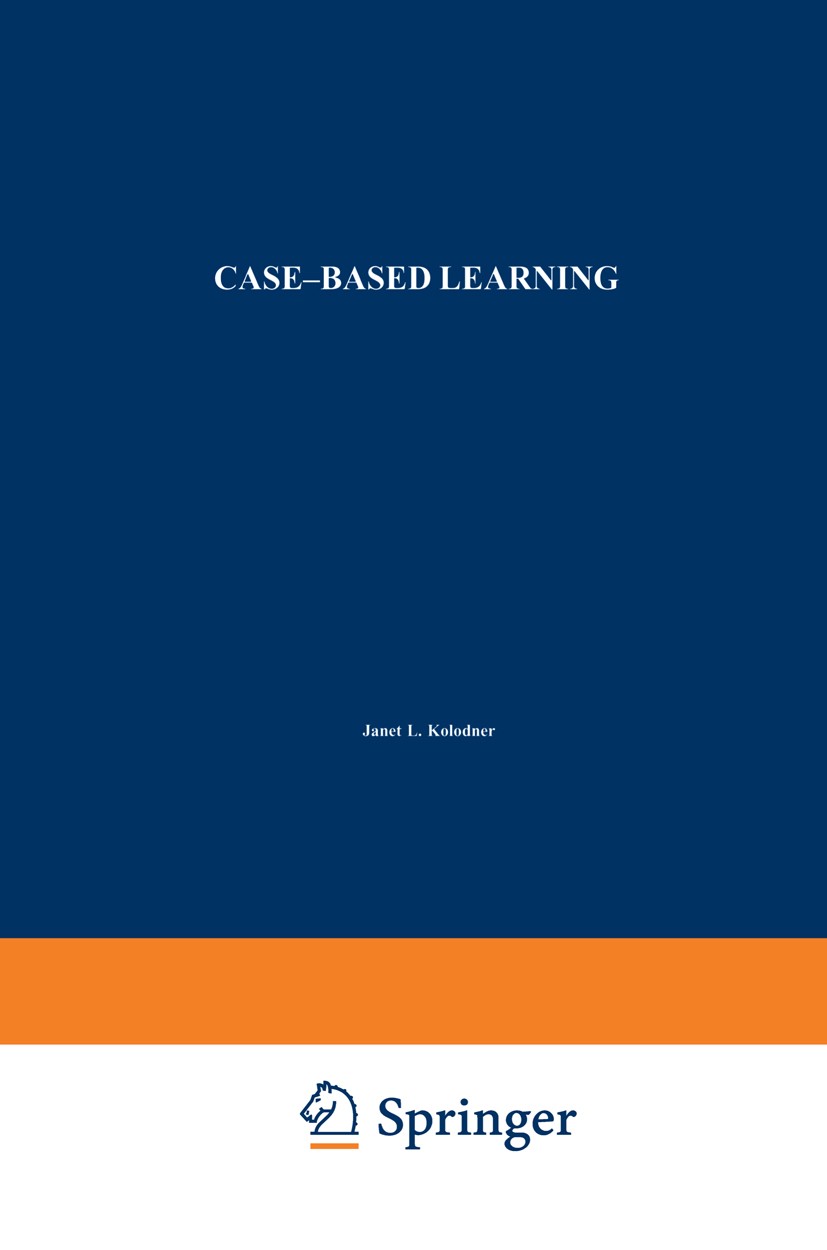| 书目名称 | Case-Based Learning | | 编辑 | Janet L. Kolodner | | 视频video | http://file.papertrans.cn/223/222314/222314.mp4 | | 图书封面 |  | | 描述 | Case-based reasoning means reasoning based on rememberingprevious experiences. A reasoner using old experiences (cases) mightuse those cases to suggest solutions to problems, to point outpotential problems with a solution being computed, to interpret a newsituation and make predictions about what might happen, or to createarguments justifying some conclusion. A case-based reasoner solves newproblems by remembering old situations and adapting their solutions.It interprets new situations by remembering old similar situations andcomparing and contrasting the new one to old ones to see where it fitsbest. Case-based reasoning combines reasoning with learning. It spansthe whole reasoning cycle. A situation is experienced. Old situationsare used to understand it. Old situations are used to solve a problem(if there is one to be solved). Then the new situation is insertedinto memory alongside the cases it used for reasoning, to be usedanother time..The key to this reasoning method, then, is remembering. Rememberinghas two parts: integrating cases or experiences into memory when theyhappen and recalling them in appropriate situations later on. Thecase-based reasoning community calls this rel | | 出版日期 | Book 1993 | | 关键词 | Action; C programming language; case-based reasoning; learning; machine learning | | 版次 | 1 | | doi | https://doi.org/10.1007/978-1-4615-3228-6 | | isbn_softcover | 978-1-4613-6418-4 | | isbn_ebook | 978-1-4615-3228-6 | | copyright | Springer Science+Business Media New York 1993 |
The information of publication is updating

|
|
 |Archiver|手机版|小黑屋|
派博传思国际
( 京公网安备110108008328)
GMT+8, 2025-11-17 12:50
|Archiver|手机版|小黑屋|
派博传思国际
( 京公网安备110108008328)
GMT+8, 2025-11-17 12:50


